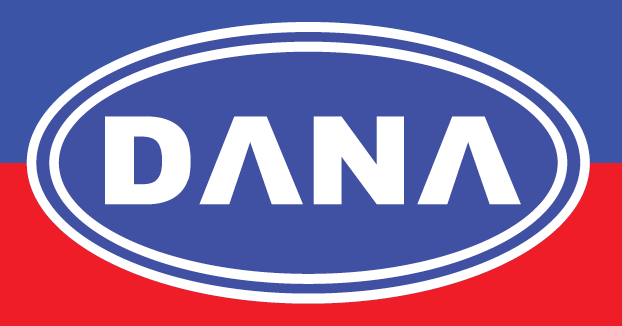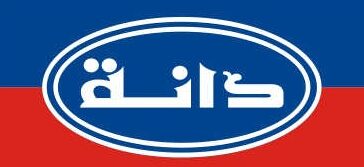Base Oil and Additives usage for Lubricants Industry
The heart of practically any lubricant is base oil. If you’re still unsure, consider the following instances. About 7% to 10% of engine oil is made up of additional chemicals, with the balance being base oil. Transmission fluids have a few extra additives—perhaps 10% to 12%; the remainder is base oil. What about a little grease? About 90% of an NLGI 2 grease is made up of basic oil, with the balance consisting of thickener and additives.
So the base oil is the most important component, but the quality and viscosity of the base oil changes based on the use and the working environment of the finished product. Let’s look at the basic oil for a few different uses, as well as the desirable qualities and how it’s refined.
How base oil is processed and what makes one type better than another?
The base oil group system was created in the early 1990s to identify the quality of various engine oil development processing techniques. The API 1509 Engine Oil Licensing and Certification System was used to produce it. Despite the fact that it was not designed for that purpose, the technique has become a standard for determining base oil quality in general.
Solvent extracted and dewaxed Group I base oils typically have viscosity indexes in the 80s, sulphur levels above 0.03 percent wt., and saturates less than 90%. The type of Group I base stock produced is mostly determined by the crude source.
Hydrogenation, often known as hydrotreating, is a procedure that produces Group II base oils. Group III base oils are produced in a similar manner as Group II mineral oils, with the exception that the hydrogenation process is carried out at high temperatures and pressures. After that, the broken material is sorted into viscosity grades, catalytically dewaxed, and mildly hydrotreated.
Naphthenics are one of the products in Group V. These naphthenic crude base oils are processed in a variety of ways, including solvent treatment and hydrotreatment. There are no fixed restrictions for VI, sulphur, or saturates, and no specific processing is utilised. They’re frequently distilled to various viscosity cuts without being treated further.
The bulk of basic oils refined in North America are from Group II. The transition to Group II was aided by the fact that a broader range of crudes could be employed, and yield losses were decreased because the reduced crude was essentially “cleaned up” by the process. It’s a no-brainer: less yield loss, more crude slate processing, and a higher-quality end product.
Uses
Engine oils, transmission and gear lubricants, and greases are among the most common uses of base oils in the automobile industry. Process oils and common industrial lubricants are two more main applications.
Group I base oils
Industrial, grease, and gear lubricants often use Group I base oils. Engine oils can be manufactured effectively, but due to the lower saturation levels and greater sulphur, they require a more robust additive package. They’re also useful as metalworking fluids (in which oil-based products are needed or desired). They also have good solvency qualities, making them useful in a variety of applications. Bright stock, which is a high-viscosity, thermally stable base oil, is only available from them. The high-temperature thermal stability of bright stock is critical in a number of applications. A notable example is two-cycle engine oils.
Group II base oils
In current engine oils and transmission fluids, Group II base oils are commonly employed. Group III and synthetic base oils are being pushed into the new standard SAE 0W-20 and SAE 0W-30 engine oils as the latest API category (SP/GF-6) moves toward lower viscosities, which, along with volatility constraints, is driving them into the new standard SAE 0W-20 and SAE 0W-30 engine oils. Group II and Group III, or synthetic base oil blends, are currently the standard in transmission fluids.
Group III base oils
Superior quality engine oils, transmission fluids, and certain industrial oils that require exceptional stability, low viscosity, and low volatility use Group III base oils. They are mostly used as trimming base oils when a finished oil need assistance in achieving low viscosity or volatility. Their popularity is expected to rise in the future.
Naphthenics
Naphthenics are utilised in specialty applications that require a low pour point and excellent seal conditioning. They’re used in transformer oil because of their excellent dielectric characteristics. They’re also employed in process oil applications that necessitate the usage of particular mineral oil products in the chemical and technical industries.
That’s all there is to know about basic oils. You can bet they’ll be around and used for a long time, or something very similar to them.
To choose the right oil, see your vehicle owner’s handbook or get advice from a professional.
DANA Lubricants Factory LLC (DANA LUBES) is an ISO 9001: 2015 Certified, API Approved UAE BASED Lubricant Oil Manufacturer in Dubai , OILS & GREASE is Quality Manufacturer & Supplier of Automotive, Industrial & Marine Lubricant Oils. Established in 2002, we are part of well-known Industrial Conglomerate DANA GROUP based in Dubai UAE (www.danagroups.com). We are exporting to more than 70 countries worldwide including Europe, Asia, Africa, South & Central America, Australia and GCC(Arab Countries).
Dana Lubricants are formulated to the highest international standards & specifications as per:-
- American Petroleum Institute ( API Certificate – DANA LUBRICANTS FACTORY LLC UAE)
- Society of Automotive Engineers (SAE)
- US Military (MIL)
- Machine manufacturers like Mercedes Benz, BMW, Porsche, GM, Ford, Volvo, MACK, MAN, Caterpillar, Komatsu, Toyota & others.
- As per Customer Formulation (OEM Basis)
DANA LUBRICANTS FACTORY LLC
PO Box 14761 , Ajman , UAE
Location : Opposite Hamriya Free Zone 2 ,
Gate number 3 , Ajman. U.A.E.
Tel : +971-4-2217273 Fax : + 971-4-2215940
Whatsapp : 00971-50-7983153
Email : info@danalubes.com / info@danagroups.com



